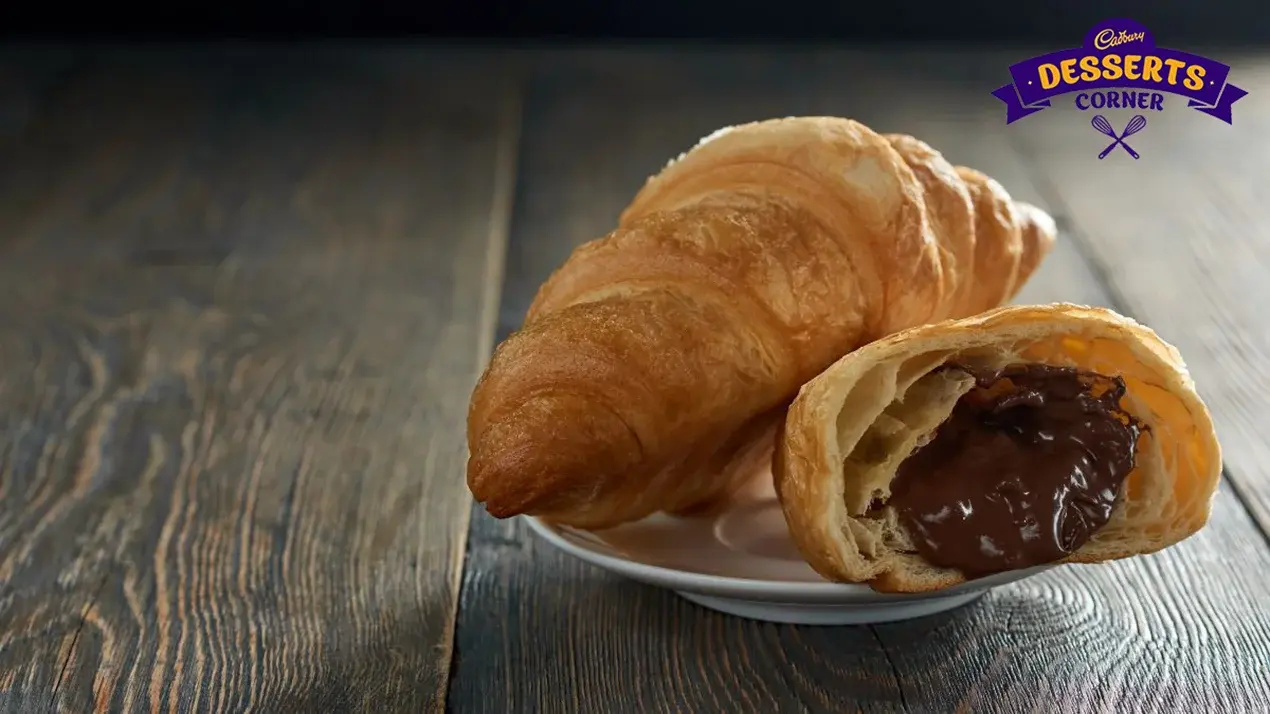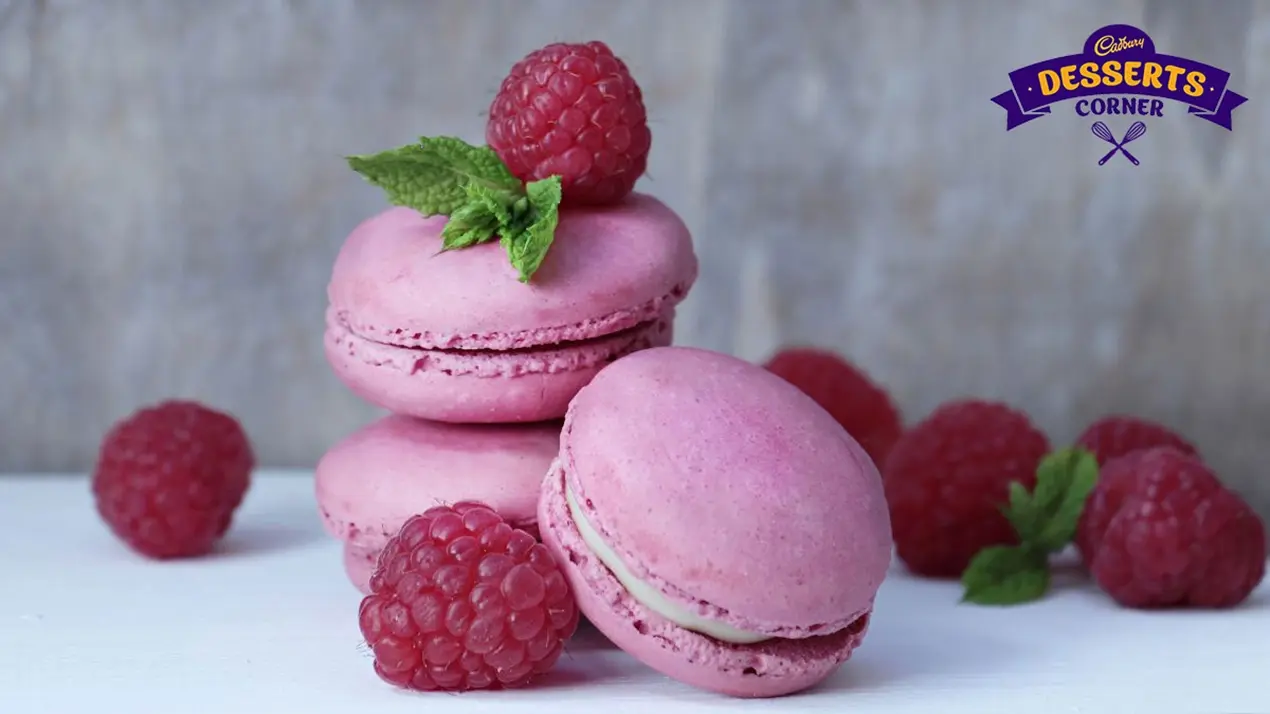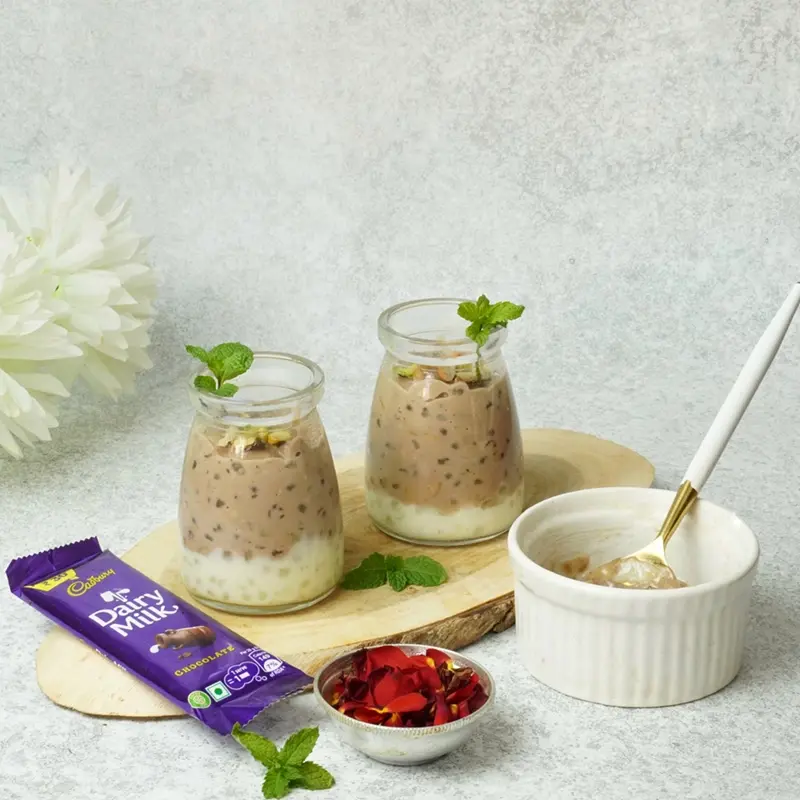Chocolate parfaits feel like a dream to have, especially with the deadly combination of a crumbly crust, delicious mousse and airy whipped cream, so here’s to celebrating this simple yet sophisticated dessert that hardly needs an introduction.

Like most other European desserts, parfaits too were born in the 1800s which literally means perfect, and with the addition of chocolate, it definitely is perfection. Parfait is a simple layered dessert that has a crumbly, or cakey base with a middle that is either pudding, custard, or some kind of mousse and a topping of, usually, whipped cream. Trust the French to create something masterful that disappears on your tongue and sends you to dessert nirvana.
The Perfection of the Parfait

The traditional French OG version of the parfait is made with a base consisting of eggs, sugar syrup, and cream. However, in the United States, the term "parfait" often refers to a layered treat consisting of ice cream, flavored syrup (commonly chocolate), fruit, whipped cream, and sometimes liqueurs. Since the Americans came up with the holiday, we will of course go for the indulgent one that the US loves.
The name likely refers to the perfect layers that the ingredients are arranged into and some varieties continue to enjoy popularity even today. Or rather as time went by these emerged via experimentation. No matter the ingredients, parfaits are typically served in tall, narrow glasses along with a long spoon to reach the syrup or sauce at the bottom - an aspect that distinguishes them from sundaes.
Did you know about Chocolate Parfait Day?

The earliest known parfait recipe dates back to an 1869 French cookbook, describing a coffee-flavored ice cream molded into tall, slender shapes. Though its roots are centuries old, the parfait continues to inspire endless delicious variations today and as to how chocolate weasels itself into it, we’ll have to deviate a bit.
Around 2000 B.C., the Olmec civilization in Latin America were said to be the first to transform cacao plants into chocolate, then several centuries later in the 1400s, the Aztecs used cocoa as currency and to make a drink from the cacao beans. From them, chocolate then spread to Europe in 1528 when explorer Hernán Cortés brought it back from the Aztecs to Spain.
Fast forward to 1615, when Anne of Austria celebrated her marriage to French King Louis XIII by introducing chocolate to the royal courts of France. From there on, one needs to make a pit stop in 1828 when Dutch chocolate maker Coenraad Johannes Van Houten invented the chocolate press, allowing for easier processing of chocolate. With chocolate's growing popularity across Europe, it was only a matter of time before creative chefs came up with ways to incorporate chocolate into layered frozen, or otherwise, desserts like the parfait.
Chocolate Parfait Recipe

(Serves 12)
Ingredients
Base
- 360 gm Oreos (crushed)
- Centre
- 240 gm Cadbury Bournville Dark chocolate
- 145 gm heavy cream
- Topping (1)
- 430 gm heavy cream (chilled)
- 25 gm Cadbury Cocoa powder
- 15 gm powdered sugar
- 1 tsp vanilla extract
- Whipped cream (Topping (2))
- 380 gm Heavy cream (chilled)
- 1 tsp vanilla extract
- 40 gm powdered sugar
Instructions
- Seal the Oreo cookies in a plastic bag and crush them into small pieces. Move on to the chocolate-cream duo next. Microwave the chocolate and heavy cream in 20 second intervals. Use a spatula between each interval.
- Grab a big bowl and work on the topping next. Mix the cocoa powder and sugar then pour the chilled whipped cream and vanilla extract. You need an electric mixer, either handheld or the stand one. Whip until stiff peaks form this chocolate mousse. Pour in the earlier heavy cream-dark chocolate liquid and whip again with the mixer. Clean the mixer and set the bowl aside.
- Set this aside for a while. Then grab another bowl, add the heavy cream, vanilla extract and powdered sugar. Grab the hand mixer or stand mixer and mix this trio again, repeating the previous motions.
- Now, assembling! You need 4-6 parfait glasses or any other glass. Add around 1 tbsp of the Oreo mix to each glass. Then layer with the chocolate mousse (the filling). Then add the whipped cream on top, and add your favorite toppings or extra Oreo crumbles as garnish to each.
Note:
Each parfait is heavy and will serve 2-3 people. Make sure to chill the dessert in the fridge for at least 3 hours, preferably overnight, to let the mousse set and the rest of it to soak up the flavors. Also, use high-quality dark chocolate bars, at least 60 percent cocoa, like our Bournville bars. Mousse after all benefits and gives superior flavor and stabilizes the mousse texture.
Like This Article?
More Like This



Popular Articles





Trending Web Stories
Curated Recipes



















